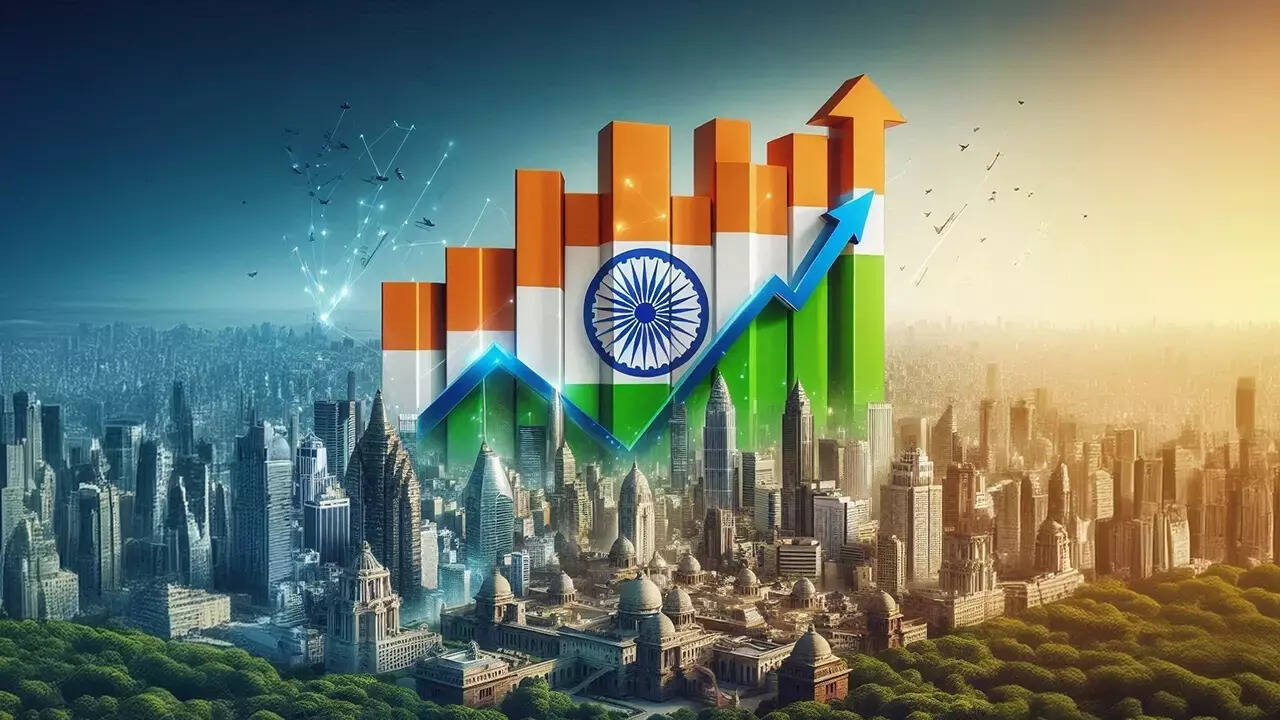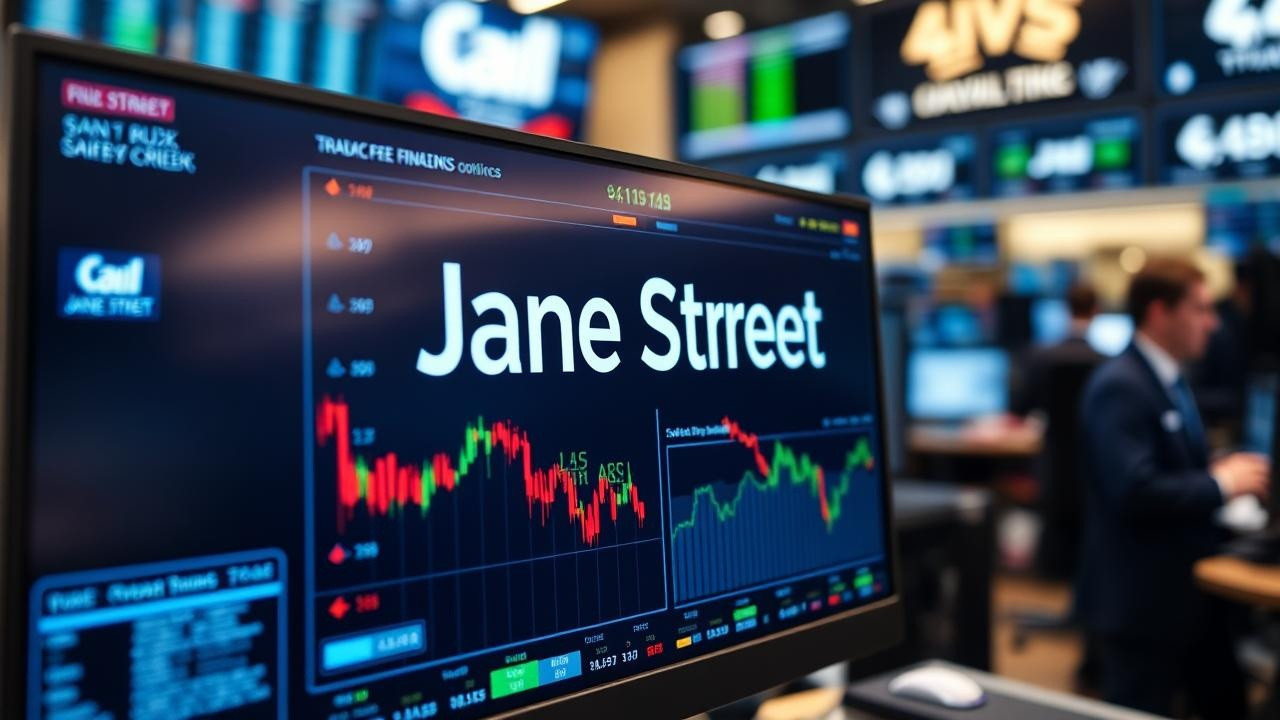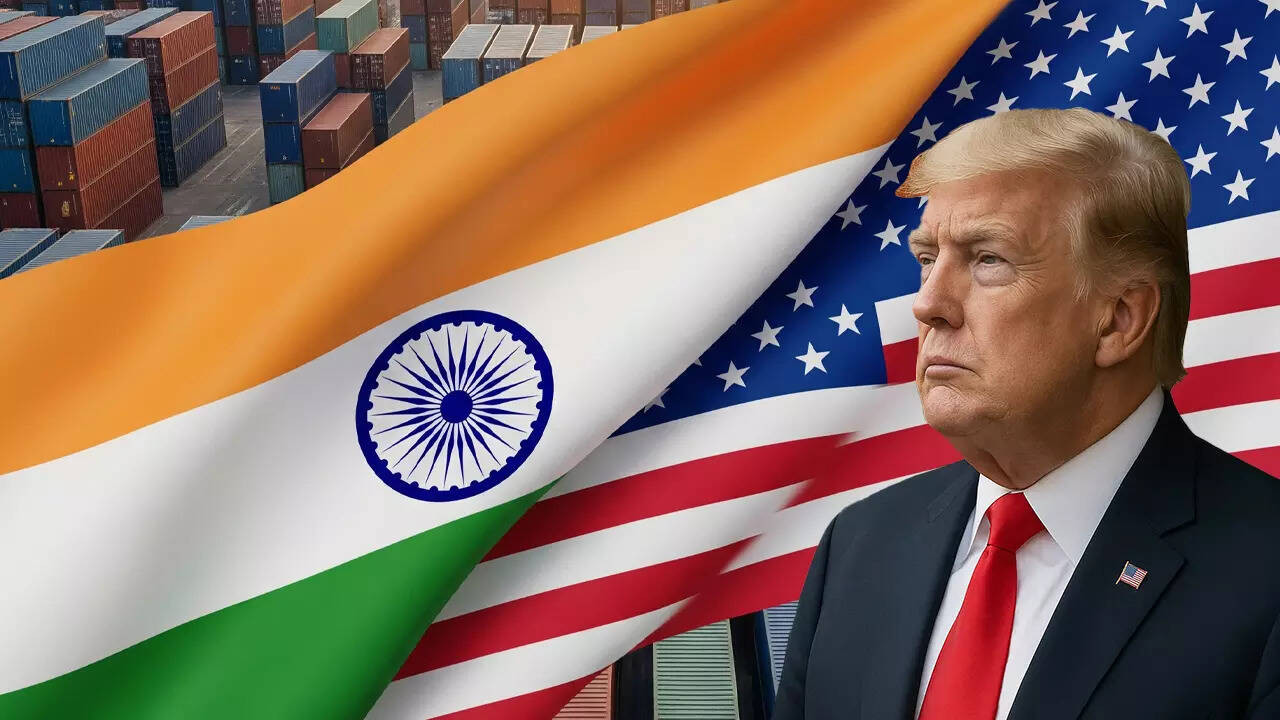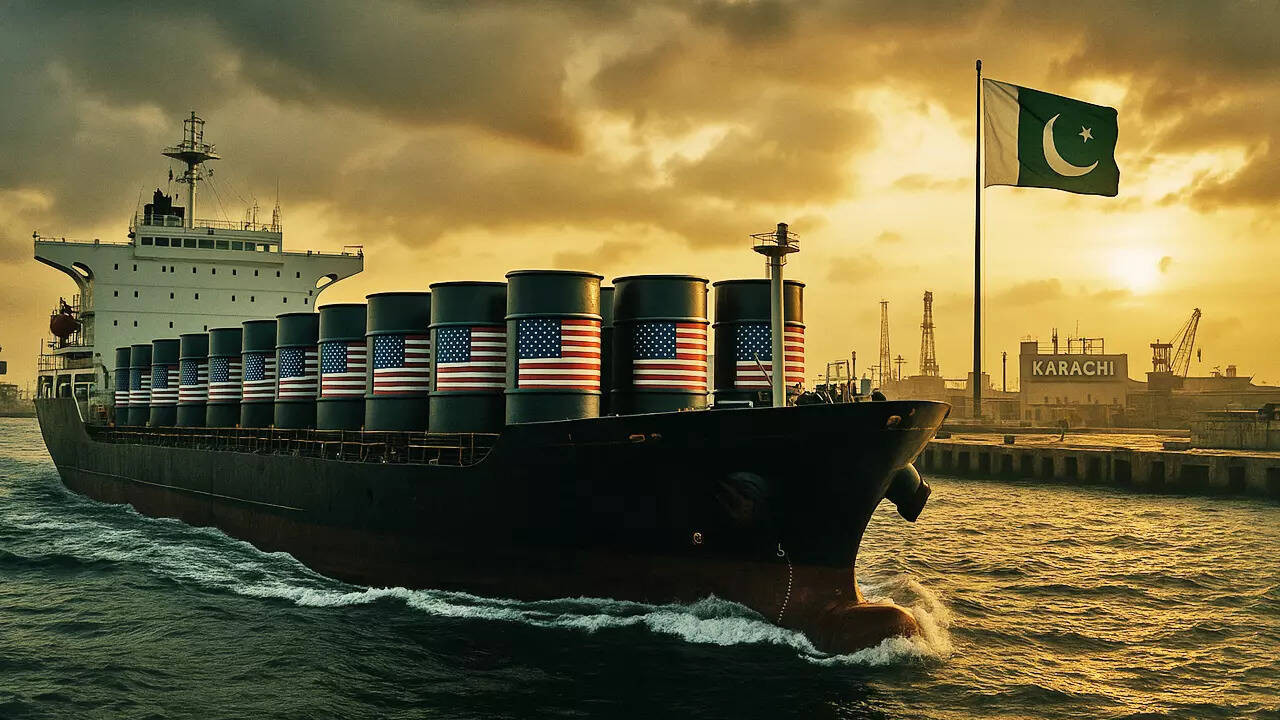To become the world’s fourth largest economy is no mean feat – India has gone from being the 10th largest in 2014 to 4th largest in 11 years under the Modi government. Its Gross Domestic Product or GDP has more than doubled in this time frame. But, India’s per capita GDP remains abysmally low.
India’s Economic Ascent: From Rising Star to Global Powerhouse?
Okay, let’s talk about something seriously impressive: India’s economic trajectory. You’ve probably heard whispers, maybe seen headlines, but the underlying story is one of remarkable growth and ambition. We’re not just talking incremental gains here; we’re witnessing a potential reshaping of the global economic order.
Forget “emerging market” cliches. India is graduating from that label. Projections suggest it’s poised to become the world’s fourth-largest economy very soon. Think about that for a second. Bouncing past economic heavyweights to claim a spot right behind the United States, China, and Germany? That’s a seismic shift.
What’s fueling this rapid ascent? Well, it’s a multi-pronged affair. First, we have a young, dynamic population. Demographics are destiny, as they say, and India boasts a massive workforce entering its prime earning years. This creates a potent combination of rising consumption and increased productivity. Think about the sheer scale of that consumer base, all eager for better goods and services. It’s a powerful engine for domestic demand.
Then there’s the ongoing investment in infrastructure. Roads, railways, ports – the backbone of any thriving economy. While progress might sometimes feel slow on the ground, the cumulative effect of these improvements is undeniable. Better infrastructure translates to reduced transportation costs, faster delivery times, and, crucially, a more attractive environment for businesses to set up shop and expand. This isn’t just about building physical structures; it’s about building a foundation for sustainable growth.
And let’s not forget the digital revolution sweeping across the nation. India has leapfrogged traditional development stages, embracing technology with remarkable speed. The proliferation of mobile phones, affordable internet access, and government initiatives pushing digital literacy are transforming everything from financial inclusion to healthcare access. This digital empowerment is unleashing entrepreneurial potential and creating new avenues for economic participation, particularly in rural areas. Imagine the impact of connecting millions of previously marginalized individuals to the global economy.
Now, the billion-dollar question: can India climb even higher? Can it realistically challenge for the coveted number three spot? That’s where things get interesting. The path to becoming the world’s third-largest economy isn’t paved with simple projections. It’s going to require some serious heavy lifting and a laser focus on key areas.
One crucial aspect is manufacturing. While India has made strides in sectors like IT and services, bolstering its manufacturing capabilities is essential for long-term, balanced growth. This means attracting foreign investment, fostering innovation, and creating a skilled workforce capable of competing in the global market. The “Make in India” initiative, while ambitious, needs continued momentum and refinement to truly unlock its potential. We need to see a concerted effort to improve manufacturing processes, reduce bureaucratic hurdles, and foster a culture of innovation.
Another key challenge lies in addressing income inequality. While the overall economy is booming, the benefits are not always evenly distributed. Bridging the gap between the rich and the poor is not just a matter of social justice; it’s also crucial for ensuring sustainable economic growth. A wider distribution of wealth empowers more people to participate in the economy, further fueling demand and creating a virtuous cycle. This requires smart policies that promote inclusive growth, such as investing in education, healthcare, and social safety nets.
Furthermore, India needs to continue its reform agenda. Streamlining regulations, improving the ease of doing business, and fostering a more transparent and predictable investment climate are crucial for attracting both domestic and foreign capital. Bureaucratic bottlenecks and regulatory complexities can stifle innovation and hinder growth. A continued commitment to economic liberalization is essential for unlocking India’s full potential.
Finally, India’s success hinges on its ability to navigate global economic headwinds. Geopolitical uncertainties, trade tensions, and climate change pose significant challenges. A resilient and adaptable economy is crucial for weathering these storms. This requires diversifying its export markets, investing in renewable energy, and building a more sustainable and environmentally responsible growth model.
So, what’s the verdict? Will India reach the number three spot? There are undoubtedly hurdles to overcome. But the underlying momentum, the demographic advantage, and the ambition are all there. Whether India fully realizes its potential depends on its ability to address these challenges head-on, embrace bold reforms, and foster a more inclusive and sustainable growth model. The journey will be fascinating to watch, and the stakes are undeniably high. This isn’t just about economic rankings; it’s about shaping the future of a nation and its role in the world. And frankly, I’m optimistic, but not blindly so. It’s going to take hard work, smart decisions, and a healthy dose of national resolve. But the potential is undeniable.
📬 Stay informed — follow us for more insightful updates!







